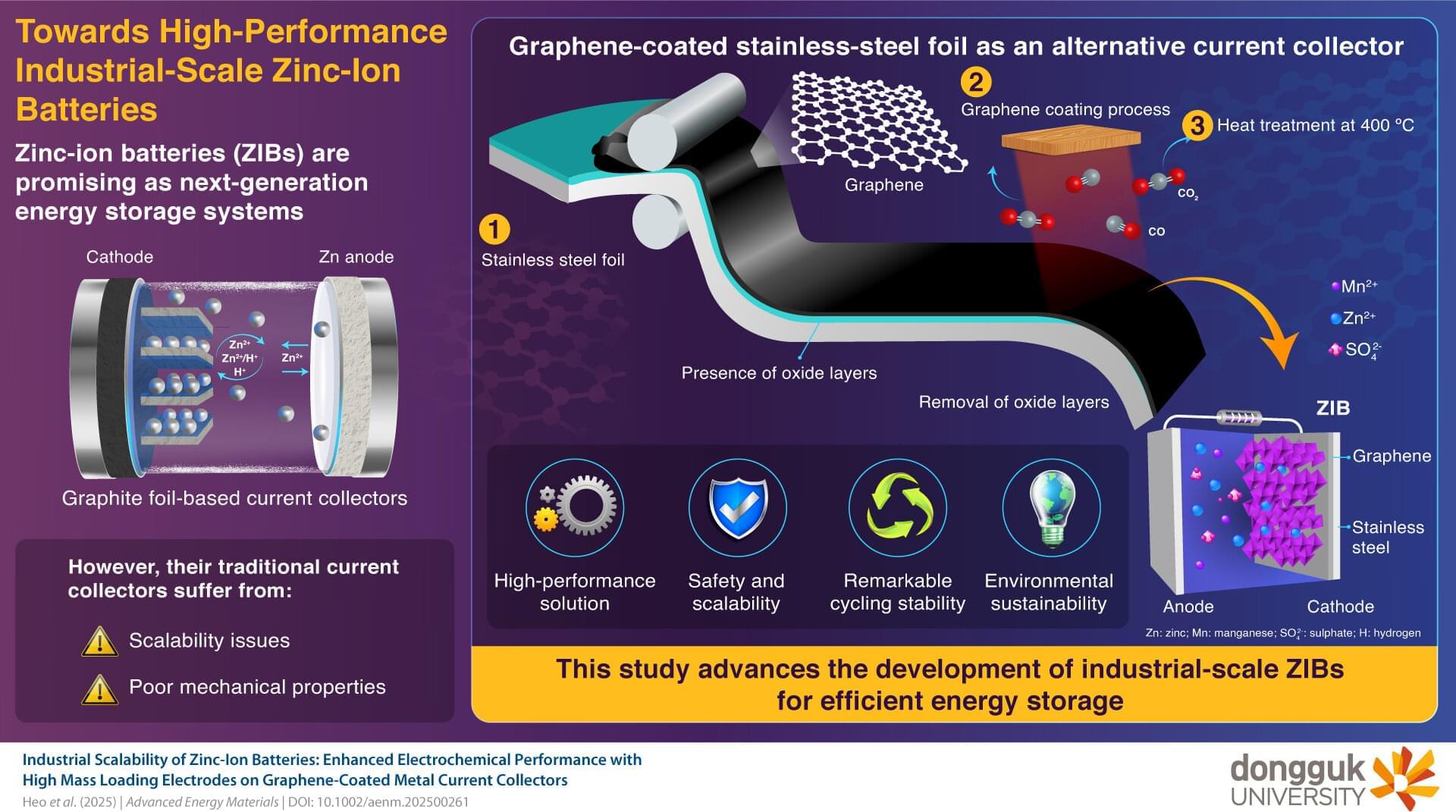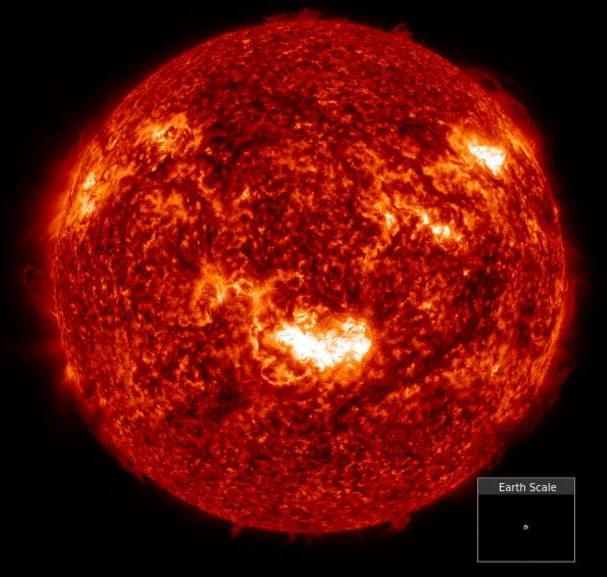Introduction to The Techno-Humanist Manifesto




In the domain of artificial intelligence, human ingenuity has birthed entities capable of feats once relegated to science fiction. Yet within this triumph of creation resides a profound paradox: we have designed systems whose inner workings often elude our understanding. Like medieval alchemists who could transform substances without grasping the underlying chemistry, we stand before our algorithmic progeny with a similar mixture of wonder and bewilderment. This is the essence of the “black box” problem in AI — a philosophical and technical conundrum that cuts to the heart of our relationship with the machines we’ve created.
The term “black box” originates from systems theory, where it describes a device or system analyzed solely in terms of its inputs and outputs, with no knowledge of its internal workings. When applied to artificial intelligence, particularly to modern deep learning systems, the metaphor becomes startlingly apt. We feed these systems data, they produce results, but the transformative processes occurring between remain largely opaque. As Pedro Domingos (2015) eloquently states in his seminal work The Master Algorithm: “Machine learning is like farming. The machine learning expert is like a farmer who plants the seeds (the algorithm and the data), harvests the crop (the classifier), and sells it to consumers, without necessarily understanding the biological mechanisms of growth” (p. 78).
This agricultural metaphor points to a radical reconceptualization in how we create computational systems. Traditionally, software engineering has followed a constructivist approach — architects design systems by explicitly coding rules and behaviors. Yet modern AI systems, particularly neural networks, operate differently. Rather than being built piece by piece with predetermined functions, they develop their capabilities through exposure to data and feedback mechanisms. This observation led AI researcher Andrej Karpathy (2017) to assert that “neural networks are not ‘programmed’ in the traditional sense, but grown, trained, and evolved.”

The notion that the quantum realm somehow sits sealed off from the relativistic domain has captured popular imagination for decades. Perhaps this separation is comforting in a way, because it assigns neat boundaries to a notoriously complex theoretical landscape. Yet, a careful look at both cutting-edge research and historical development suggests that no such invisible barrier actually exists. Early quantum pioneers such as Planck (1901) and Heisenberg (1925) laid foundations that seemed confined to the minuscule domain of atoms and subatomic particles. Before long, Einstein (1916) showed us that gravity and motion operate in ways that defy purely Newtonian conceptions, especially at cosmic scales. Despite the apparent chasm between the quantum and relativistic descriptions, threads of continuity run deeper than we once imagined. The famous energy discretization proposed by Planck was intended to solve classical paradoxes at microscopic scales, but the fundamental constants he unveiled remain essential at any size, linking the behavior of infinitesimal systems to grand cosmic events.
Modern experiments push this continuity further into the mainstream conversation. Quantum coherences documented in biological processes illuminate the reality that phenomena once labeled “strictly quantum” can permeate living systems in everyday environments (Engel et al., 2007). Photosynthesizing cells exploit wave-like energy flows, migratory birds appear to navigate using subtle quantum effects, and intriguing evidence suggests that neuronal microtubules might process information at scales once deemed too large for quantum behavior (Hameroff, 1998). If relativity reliably predicts how massive objects curve spacetime, and quantum theory demonstrates how particles and fields manifest as discrete excitations, then the missing piece in unifying these perspectives may hinge on the realization that neither domain is airtight. We stand on a continuum of phenomena, from photosynthetic molecules absorbing photons to astrophysical bodies warping spacetime.
Michael Levin is a scientist at Tufts University; his lab studies anatomical and behavioral decision-making at multiple scales of biological, artificial, and hybrid systems. He works at the intersection of developmental biology, artificial life, bioengineering, synthetic morphology, and cognitive science. Respective papers are linked below.
Round 1 Interview | What are Cognitive Light Cones? • What are Cognitive Light Cones? (Mich…
Round 2 Interview | Agency, Attractors, & Observer-Dependent Computation in Biology & Beyond • Agency, Attractors, & Observer-Depend…
Bioelectric Networks: The cognitive glue enabling evolutionary scaling from physiology to mind https://link.springer.com/article/10…
Darwin’s Agential Materials: Evolutionary implications of multiscale competency in developmental biology https://link.springer.com/article/10…
Biology, Buddhism, and AI: Care as the Driver of Intelligence https://www.mdpi.com/1099-4300/24/5/710
Bioelectric Networks as \.
Por meio do Telescópio James Webb, pesquisadores encontraram o exoplaneta K2-18b, cuja atmosfera está cheia do gás DMS, liberado por algas marinhas na Terra…
The mechanism can also create better biological imaging tools to see deep inside tissues using safer infrared light. It could even cool materials with lasers, by removing thermal energy through UCPL.
“By establishing an intrinsic model of UCPL in single-walled carbon nanotubes, we hope to open up new possibilities for designing advanced optoelectronic and photonic devices,” added Kato.
What the RIKEN scientists have essentially discovered is that one does not need structural defects for up-conversion in carbon nanotubes. Instead, phonons and dark excitons do the trick. This opens up cleaner, more efficient, and more flexible designs for future energy and photonic technologies.

The present century has witnessed a proactive shift toward more sustainable forms of energy, including renewable resources such as solar power, wind, nuclear energy, and geothermal energy. These technologies naturally require robust energy storage systems for future usage. In recent years, lithium-ion batteries have emerged as dominant energy storage systems. However, they are known to suffer from critical safety issues.
In this regard, zinc-ion batteries based on water-based electrolytes offer a promising solution. They are inherently safe, environmentally friendly, as well as economically viable. These batteries also mitigate fire risks and thermal runaway issues associated with their lithium-based counterparts, which makes them lucrative for grid-scale energy storage.
Furthermore, zinc has high capacity, low cost, ample abundance, and low toxicity. Unfortunately, current collectors utilized in zinc-ion batteries, such as graphite foil, are difficult to scale up and suffer from relatively poor mechanical properties, limiting their industrial use.

